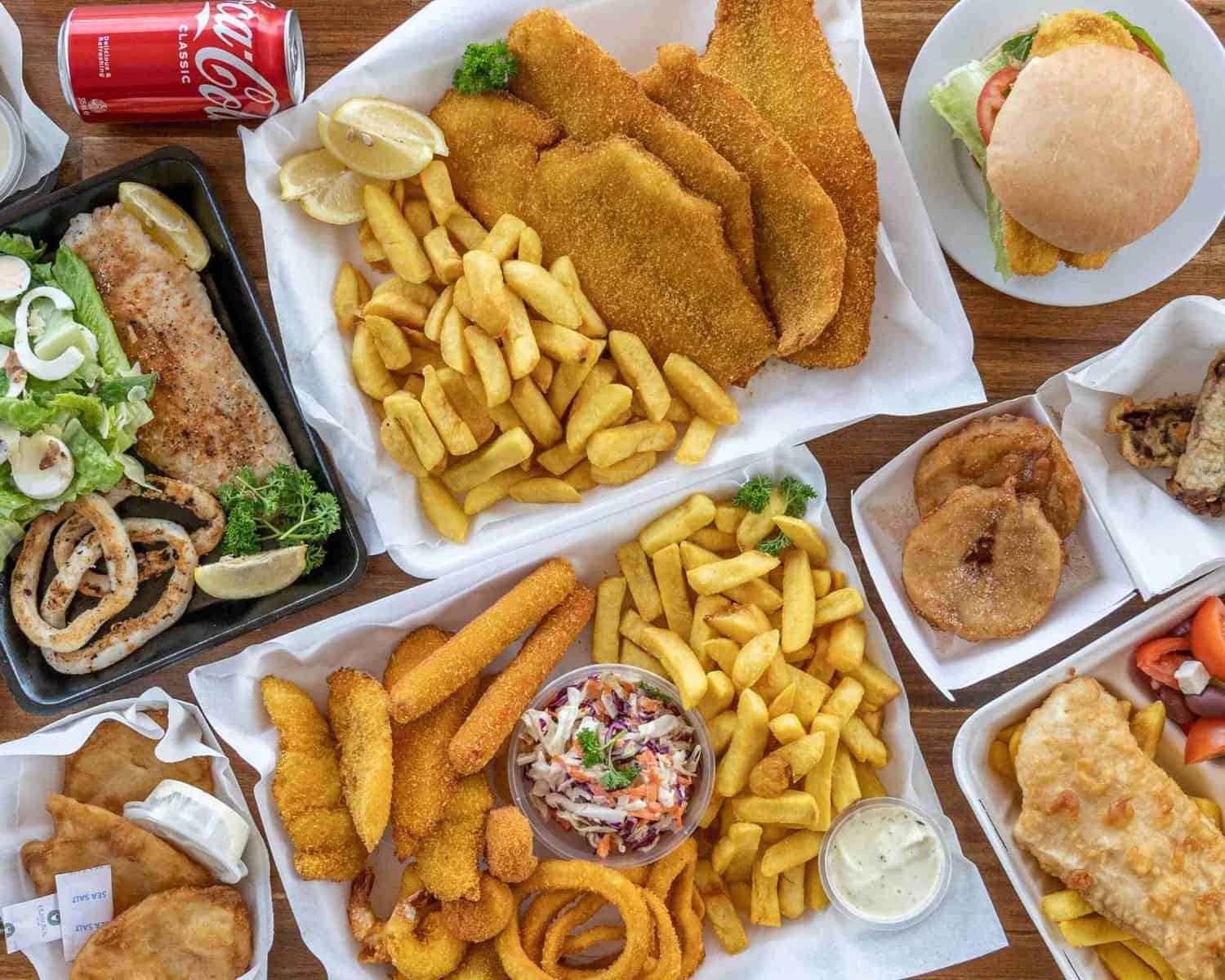A Parent’s Guide to Understanding Tides in Brisbane
Are you planning a splashtacular day at the beach with the kids? Let’s make sure you’re tide-wise for a safe and enjoyable experience!
What Are Tides and Why Should Parents Care?
Hey there, awesome Brisbane parents! Before we pack our beach bags and build sandcastles, let’s chat about tides. Tides are the rise and fall of sea levels caused by the gravitational forces exerted by the moon and the sun, and the rotation of Earth. They play a big role in how we experience the beach!
Why are tides important to you and your little adventurers? Because understanding tides can mean the difference between a beach day full of fun and one that’s, well, not so fun. Plus, we all want our beach trips to be as safe as can be, right?
Know Your Tides: High Tide and Low Tide
There are two main types of tides: high tide and low tide. High tide is when the water reaches its highest point on the beach, and low tide is when it falls to its lowest. High tide often means less beach space for sandcastles but better swimming opportunities. Low tide, on the other hand, can reveal all sorts of treasures like shells and sea stars, and it’s prime time for exploring tide pools!
Timing Is Everything: When to Visit the Beach
Gearing up for that perfect day by the sea? Knowing the tide times can determine when you pack up the car. Generally, visiting during a falling tide, which is after high tide and before it reaches low, gives you a great mix of swim time and beachcombing.
How to Check Tide Times in Brisbane
Your beach day planning isn’t complete without checking the tide times. Lucky for you, it’s super easy! There are plenty of online resources, including the Bureau of Meteorology’s website or handy apps like WillyWeather. Tip: Look for the location closest to your beach destination to get the most accurate tide information.
Safety First: Teach Your Kids About Tides
While you’re surf-side, take a moment to teach your kiddos about the tide. Explain how it changes throughout the day and show them how to spot the difference between high and low tide. It’s a great learning opportunity and also prepares them to be safe and savvy beachgoers!

Understanding the Tidal Patterns in Brisbane and Its Beaches
When planning a beach day in Brisbane, the tides often play a pivotal role. Understanding whether the tide is coming in or going out can help you choose the best time to visit for various activities. For example, during high tide, certain shallow areas may be ideal for children to swim safely under supervision, while low tide provides vast stretches of sand for play and exploration.
5 Essential Tips for Parents Preparing for a Tide-Aware Beach Trip
- Tip 1: Check the Tide Times Before Heading Out
Educate yourself on the current tide times and forecasts for Brisbane beaches. Websites like the Bureau of Meteorology or apps like WillyWeather provide timely tide information. Ensure that the timing of your trip corresponds to the activities you plan, be it swimming during safer high tide conditions or exploring the exposed shore at low tide.
- Tip 2: Select a Beach Appropriate for the Tide and Age of Your Children
Some beaches offer better conditions at low tide for little ones to play safely, with exposed rock pools and less intense waves, while others are best at high tide for more experienced swimmers. Choose a beach that matches your family’s needs.
- Tip 3: Teach Children About Tidal Safety
Use your beach day as a teachable moment to explain how the tides work and the associated safety precautions. Encourage your children to observe safe distances, especially during changing tides, and to avoid swimming alone or drifting too far from the shore.
- Tip 4: Monitor for Rip Currents During Changing Tides
Be vigilant about rip currents, which can become more pronounced as the tide changes. Rips are strong currents of water flowing away from shore that can be dangerous, so it’s essential to recognize and avoid them. Discuss rip current safety with your children, making sure they understand what to do if they’re caught in one.
- Tip 5: Prepare for Sudden Tidal Shifts and Weather Changes
Although tide tables are generally accurate, anomalies can occur, such as a sudden rise in water level due to strong winds or storms. Stay updated with the latest weather conditions and be ready to adapt your plans accordingly for your family’s safety.
Packing the Perfect Tide-Ready Beach Kit
Equip your beach tote with all the essentials for a tide-conscious outing. Besides your standard beach gear like towels and sunscreen, include a tide chart, a first aid kit for any scrapes or stings, and water shoes to protect little feet during rocky low tide explorations. A waterproof watch or a smartphone app can help you keep track of the tide timings while you’re soaking up the sun and fun.
The Fun Side of Tides: Engaging Coastal Activities for the Family
Plan activities that align with the tides for an engaging beach day. Low tide can reveal hidden ecosystems teeming with marine life, perfect for educational exploration. High tide might be the right time for family boogie boarding or swimming in the gentle surf. Keep an activity checklist handy to ensure you hit all the high notes of your beach adventure, irrespective of the tide levels.
Embracing the Ebb and Flow: Making Lifelong Memories While Being Tide-Aware
Let the rhythm of the tides guide your family to memorable moments by the sea. With a bit of planning and tide awareness, each trip to Brisbane’s beaches can be an opportunity for fun, learning, and safe exploration. Celebrate the shifts in tides by watching the sunset over the receding waters, or by greeting the day with a peaceful stroll as the waves gently lap at the shores during high tide. Embrace the ebb and flow, and make every beach outing with your family a cherished one.
For more great fun click here. For more information see here
Disclaimer
The articles available via our website provide general information only and we strongly urge readers to exercise caution and conduct their own thorough research and fact-checking. The information presented should not be taken as absolute truth, and, to the maximum extent permitted by law, we will not be held liable for any inaccuracies or errors in the content. It is essential for individuals to independently verify and validate the information before making any decisions or taking any actions based on the articles.




